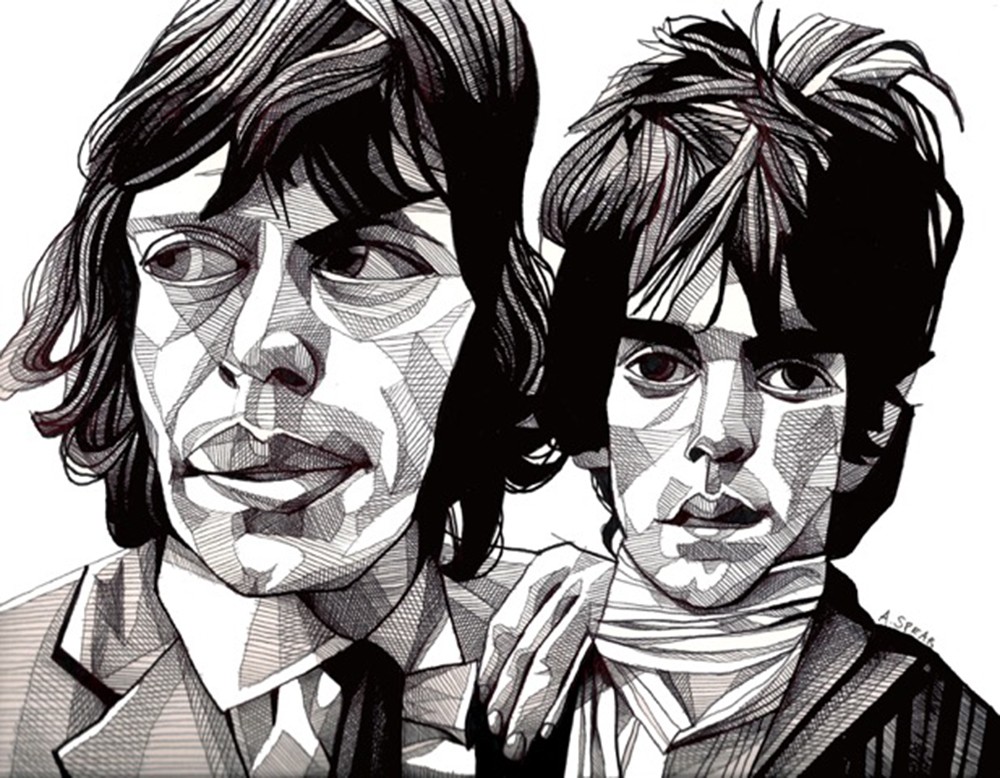Before the billions, there was the bulge. Before the lips, there were the licks. And before the Rolling Stones became one of popular music's most profitable brands, they were the brandishing flag-wavers of rock & roll.
For more than 50 years the Rolling Stones have invaded movie soundtracks, TV shows and commercials. They're practically Martin Scorsese's house band. Like ice melting into a crisp fountain soda, every cultural reference, every "we-swear-this-is-going-to-be-our-last-tour" and every goofy Johnny Depp caricature dilutes the original product. What we are seeing now is a staunch disconnect from the band's original appeal. You know how CSI ruined Roger Daltrey's unrivaled primal scream in "Won't Get Fooled Again" forever? Well, the same thing happens to the Stones with every cable rerun of Goodfellas.
The Stones are in the midst of a 15-date stadium tour that will bring the band's immense catalog, storied past and eye-popping stage production to Orlando. Truthfully, I never expected a band of the Stones' magnitude to shove a pushpin into Central Florida on a limited-date tour, but perhaps it's an indicator that the Citrus Bowl's renovations can spawn more than raucous soccer games. Outside of this show, the prospect seems unlikely because white whales like the Rolling Stones are on the brink of extinction.
Rock & roll is a young man's game, but in 2015, the culture as a whole is preoccupied by the business of worshiping its idols, not creating new ones. The Stones this month reissued 1971's Sticky Fingers, an album sandwiched in the middle of one of the greatest five-year runs in the history of pop music, and moreover, an album that represents everything the Rolling Stones offered creatively. It's also the live centerpiece of this tour. On that album, they demonstrated perfect rock & roll instincts on tracks like "Brown Sugar," "Bitch" and "Can't You Hear Me Knocking," raw sensitivity on "Sister Morphine," "Wild Horses" and "Moonlight Mile," and enough American-influenced groove to make an English man draped in the Union Jack shed a tear.
What does this mean for rock & roll? Probably not much on the grand scale. There's little space left in that universe to be traversed, mostly because the Rolling Stones already mapped it in Stephen Hawking-like detail. But for the band, this tour and this reissue are opportunities to reacquaint the world with one of its greatest artistic artifacts. The heart of Sticky Fingers is so far removed from the commercial, money-printing version of the Stones that maybe, just maybe, moments of this tour will transcend the impossibly bright lights and agoraphobia-inducing crowds, and funnel us back into the minds of these true rock visionaries.
The reissue, as well as the live show, promises outtakes and rarities from the Sticky Fingers sessions. At its best, Sticky Fingers expresses the geographical melding of American roots music with British candor and precision. It represents the beautiful formation of a genre in its early adulthood. Each track was like looking at a photo of a boy at his high-school graduation, and again after two years of college. The person you see isn't altogether different, but certainly a more mature, confident and exploratory version of himself.
Why do they keep touring? It's a common question with a simple answer: because they can. The Stones' last three tours grossed close to a billion dollars. Stadiums of people turn out in droves. I like to believe that somewhere deep, deep down in their pockets is a still a boyish emptiness only the pursuit of rock & roll greatness used to fill; the kind of brutish, taste-making attitude that made the Rolling Stones put a bulging penis on an album cover.
I like to believe that maybe the band has grown so old it's forgotten there's nothing left to prove.


